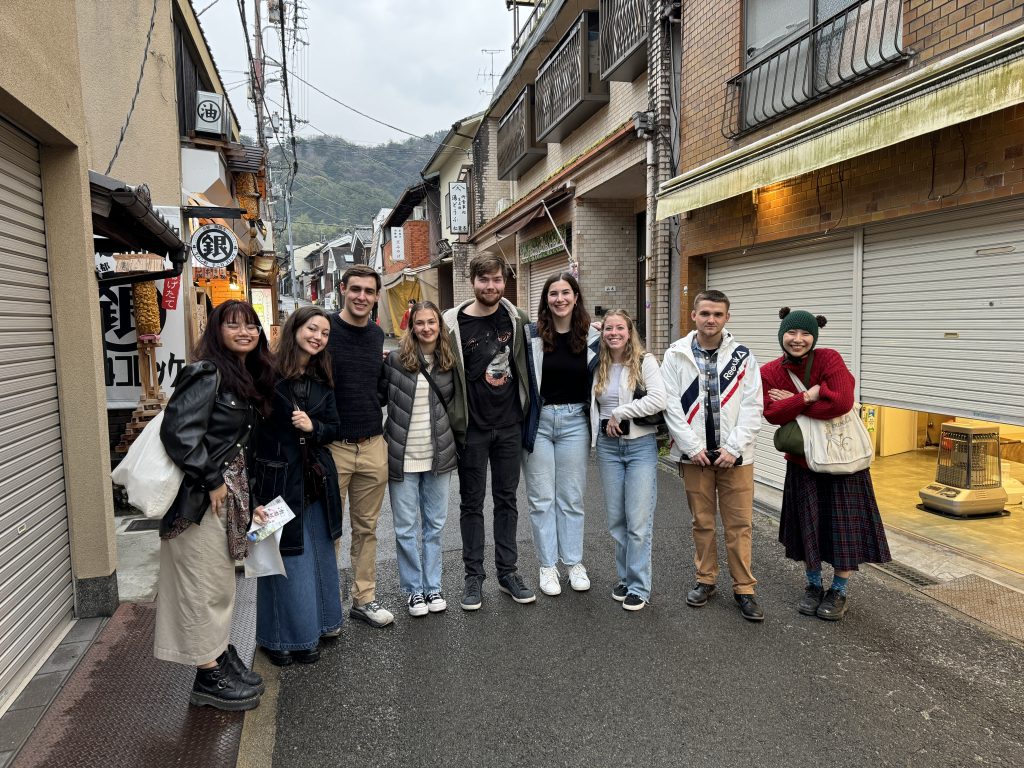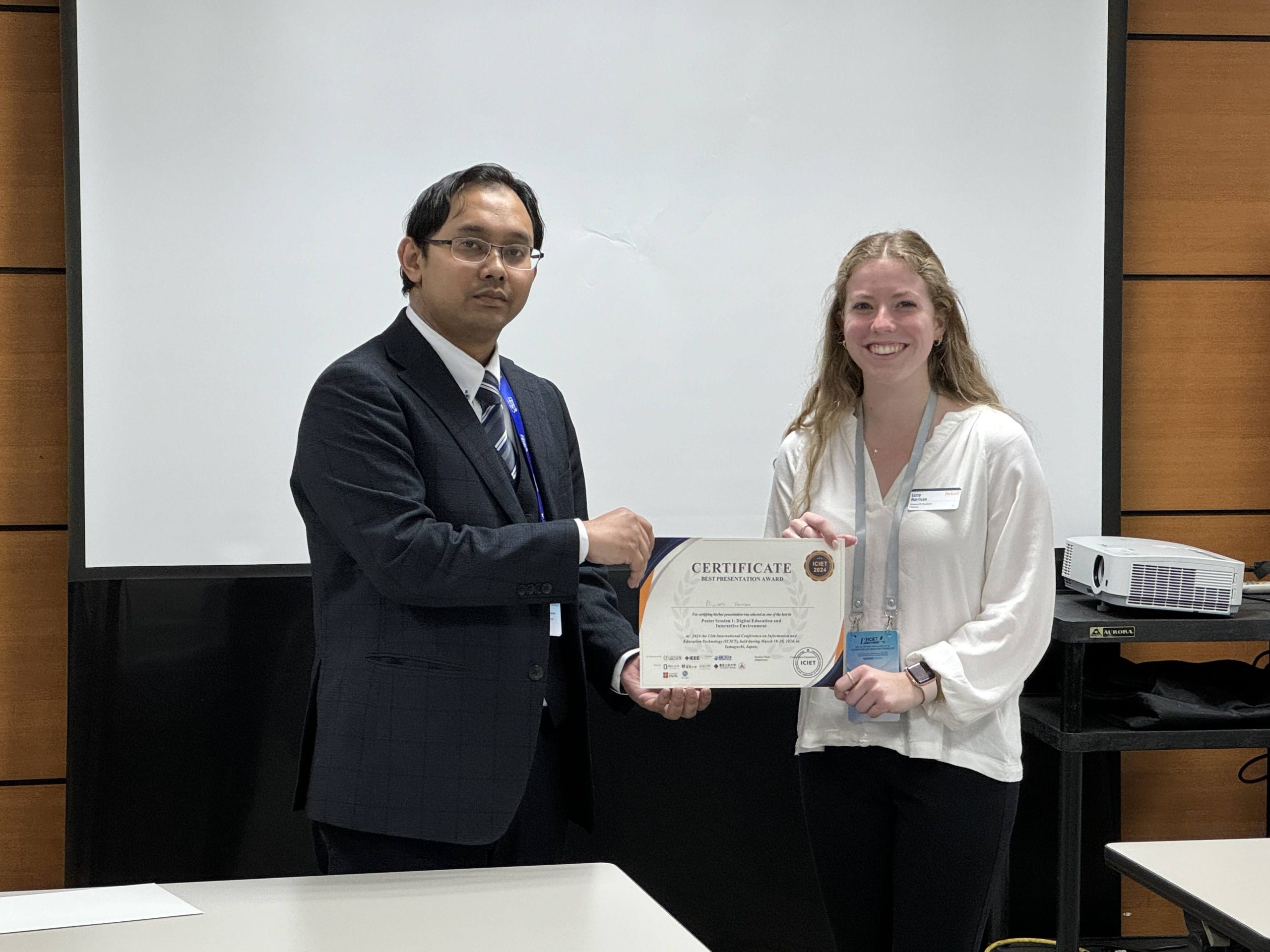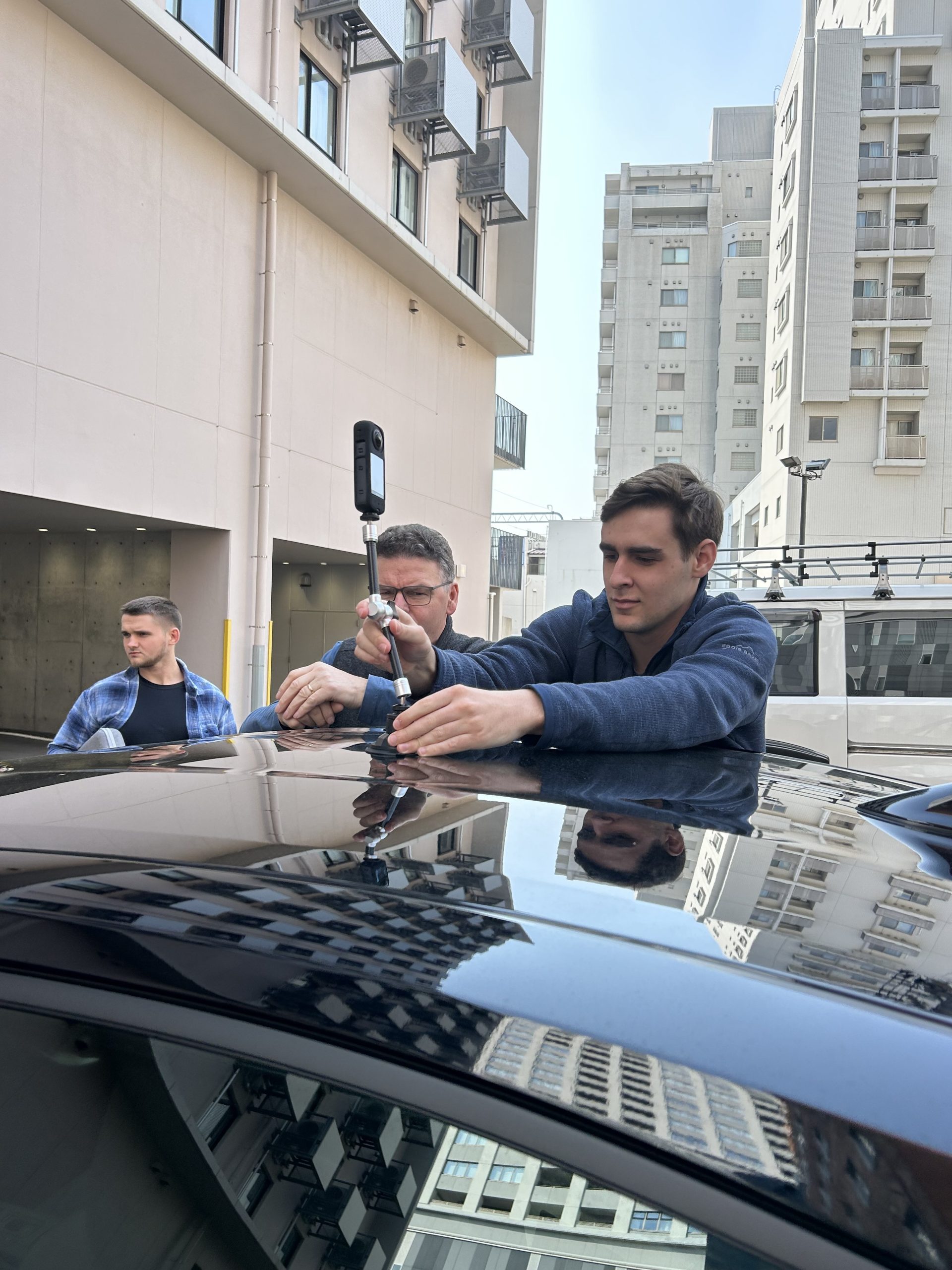
Summary
The Digital Sojourns Project has its origins in early 2020, with active development beginning in Fall 2021 and accelerating in the 2023-24 academic year.
Before getting to this year, let’s talk about last year for a minute. With the help of many supporters, I have developed the Digital Sojourns Project for four years now. The impetus for it originated with a terrible illness that my daughter experienced beginning on 1 February 2020, when she developed brain-based blindness that endured for two years, and from which she has gradually recovered since. As we worked through this incredible challenge, we had to figure out how to continue her education, especially since our local public school district essentially abandoned us. In the process of figuring out how to educate a bright young person who in essence couldn’t use her eyes and had severe limits on her stamina, we encountered many people who kindly helped us but also many people who, for lack of resources, could not develop the kind of education program that our family could. Our resources and organizational ability permitted us to access the medical care and educational supports that we needed (plus, a lot of luck). But we met many people along the way who couldn’t, and it is the idea of many thousands of young people left literally in the dark that inspired the Digital Sojourns Project.
Beginning in Fall 2021, my four Presidential Fellows – Grace Garvey, Lizzy Harrison, Bryce Merry, and Vienne Warfel, all Class of 2026 – patiently worked with me as I, and then we, thought through how to create an interface or series of interfaces that would allow those who could not travel – something my daughter loves – to do so in as an enriching, fulfilling manner as we could develop. After settling on using Bashō’s Narrow Road to the Deep North as the basis of an immersive virtual experience, we explored how best to implement such a system. Students researched the scholarly thinking behind the various aspects of the system we began to imagine – accessibility concerns with immersive environments, LMS (learning management systems), CMS (content management systems), and inclusive spaces. We turned their research into scholarly papers, posters from which students proposed and were accepted to present at the 2024 International Conference on Education and Instructional Technology in Shimoseki CIty. The ICIET conferences have great advantages in that their participants are quite open-minded and welcoming, and they always occur in Japan! Through some sleight of hand, we developed enough resources to take this group and six others to Japan for conference presentations and initial field work.
NB: The xix other students who joined us were: Dylan Christie, Ella Uriu, Brooke Corpuz, Renee Palma, and Mia Fitzmaurice, all Class of ’26 except Mia, who is part of the Class of ’27. Dylan and Mia support the ongoing Project. Ella, Brooke, and Renee “tagged along” with us in support of their own fieldwork, but certainly helped with our work in Fukui, too. Ian Proud, of the Bucknell SBDC, and his wife Lisa also accompanied us and provided invaluable support and encouragement.
In Japan, we had a great experience, and gathered good content and experience at our proof-of-concept area, near the end of Bashō’s journey in Fukui Prefecture, where he traveled in late August and early September 1689. We gathered 360* video, still photos, and so on along a 31 kilometer route, and these materials would become the basis of our proof-of-concept, developed during summer 2024.
Now we will return to Fukui, to improve our POC with some new technology. Sadly, only Alec Sanders and Dylan Christie will accompany us again, but we will have four new Sojourners with us as well, all of whom have helped with Project over the past year: Scott Takacs, Sarah Maldonado, and Bryce Babcock, all of the Class of 2025, and Mika Plankenhorn, Class of 2028.


